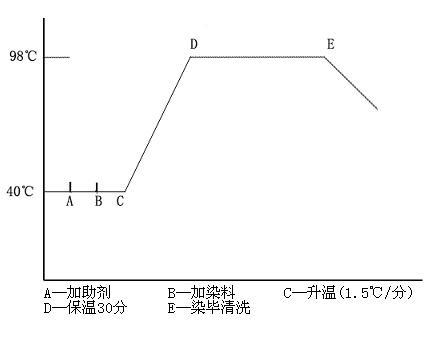Products
Products
1.Physical and chemical properties
Direct dyes refer to dyes that are soluble directly in water, have a high directness to cellulose fibers, and do not require the use of chemical methods to color fibers and other materials. Direct dyes can color protein fibers (such as wool and silk) in weakly acidic or neutral solutions. They are also used for dyeing cotton, hemp, rayon silk and rayon. Chromatographic complete, low price, easy to operate. Disadvantages are washing, sun fastness is not ideal.
2.Application performance
Direct dyes are applied to dyeing all kinds of textiles, and different dyeing methods are adopted according to the types and forms of fibers. Both loose fiber and yarn dyeing are processed by food dyeing, and fabric dyeing is mostly produced by curl dyeing and rolling dyeing.
3.Conventional process (take dyeing as an example)
Formula combination:

Precautions for dyeing operation
(1) the dye is dissolved with hot soft water. Some dyes should be added with some wetting agent to form a slurry first, and then heated water solution. When used, the dissolved dye is added to the dye VAT.
(2) Before dyeing, run the fabric on the dye VAT with hot water of about 80℃ (without receiving material) for 2 times, which is called insulation.
(3) When dyeing, add 3/5 of the total amount of dye first, dye one at the specified dyeing temperature, and then add the remaining 2/5 of dye, and add salt at the end of the third and fourth steps. Salt should not contain calcium and magnesium salts. So as not to affect the brightness of the color.
(4) After dyeing, water flow should be moderate. After dyeing, the fabric should be dried in time. The temperature of the drying cylinder should be low first and then high. The influence of the fabric after color fixation is small.
Related Suggestion

Quality service and professional after-sales team.
East of Fangjia village, Zhutai Town, Linzi District, Zibo City, Shandong Province


Get in Touch
*We respect your confidentiality and all information are protected.


